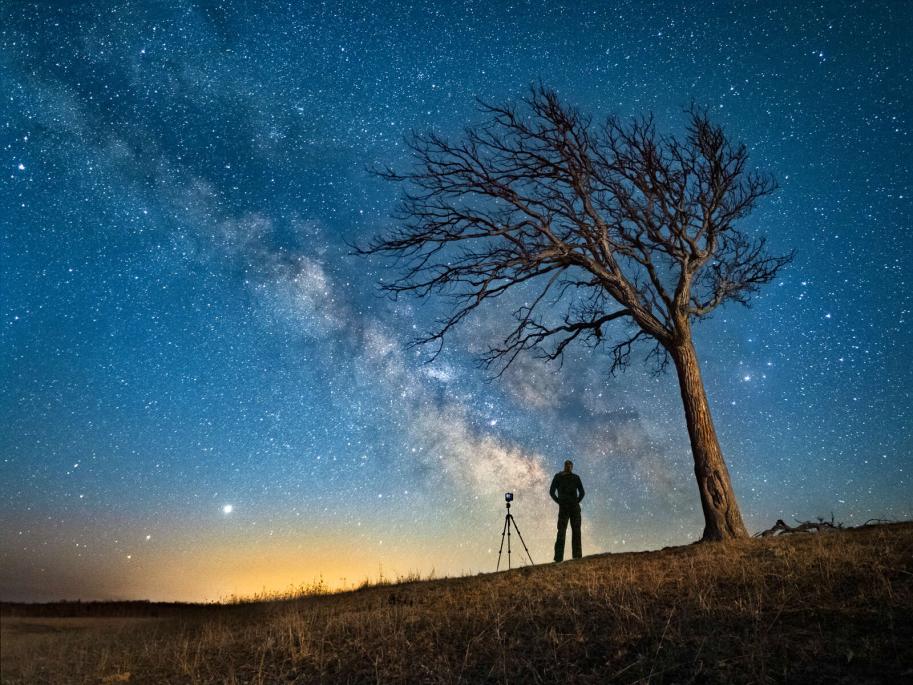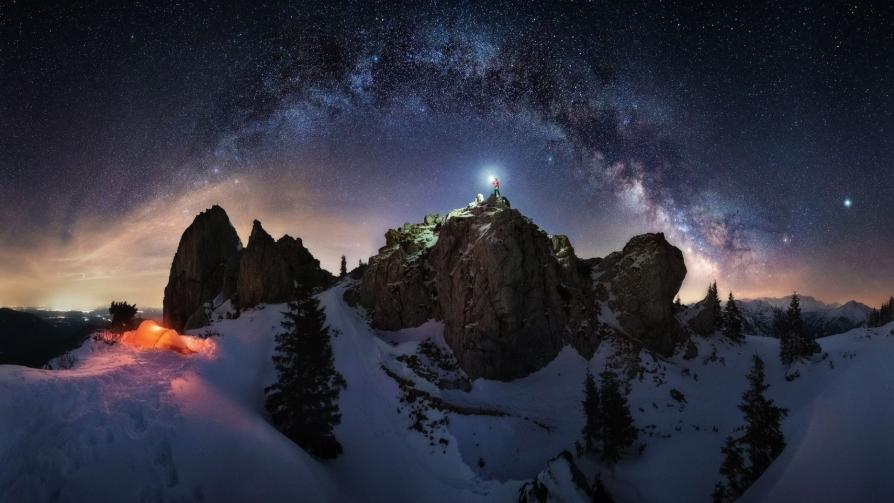Northern Lights Astrophotography: A Guide to Gear, Settings, and Composition
The Northern Lights, also known as Aurora Borealis, are a captivating natural phenomenon that has fascinated people for centuries. With the advent of digital cameras and astrophotography techniques, capturing the beauty of the aurora has become more accessible than ever before. This guide will provide you with a comprehensive overview of the gear, settings, and composition techniques you need to create stunning Northern Lights astrophotographs.

Gear
Choosing the right gear is essential for successful Northern Lights astrophotography. Here are the key components you'll need:
Camera
- Full-frame DSLR or mirrorless camera recommended for best image quality
- High ISO performance and low noise capabilities important
- Consider a camera with a built-in intervalometer for time-lapse photography
Lens
- Wide-angle lens (e.g., 14-24mm) for capturing the vastness of the aurora
- Fast lens (e.g., f/2.8 or wider) for low-light conditions
Tripod
- Sturdy tripod essential for stability and sharp images
- Consider a tripod with a ball head for easy framing and composition adjustments
Remote Shutter Release
- Allows you to trigger the camera without touching it, minimizing camera shake
Additional Gear
- Headlamp with a red light setting to preserve night vision
- Warm clothing and appropriate footwear for cold weather conditions
Settings
Once you have the right gear, you need to set your camera to the appropriate settings for Northern Lights astrophotography:
Exposure
- Use long exposure times (e.g., 15-30 seconds) to capture the movement and details of the aurora
- Experiment with different exposure times to achieve the desired effect
Aperture
- Wide aperture (e.g., f/2.8) recommended to let in as much light as possible
- Consider stopping down slightly (e.g., f/4 or f/6) for sharper images
ISO
- High ISO (e.g., ISO 1600-3200) often necessary to compensate for low light levels
- Use the lowest ISO possible to minimize noise
White Balance
- Set to "Daylight" or "Cloudy" to capture the natural colors of the aurora
- Custom white balance can also be used to achieve specific color effects
Composition

Composition is key to creating visually appealing Northern Lights astrophotographs:
Foreground Elements
- Incorporate interesting foreground elements (e.g., trees, mountains, buildings) to add depth and context to the image
- Position the aurora in relation to the foreground elements to create a visually appealing composition
Rule Of Thirds
- Use the rule of thirds to create a balanced and visually pleasing composition
- Place the aurora along one of the thirds lines or at an intersection of the lines
Leading Lines
- Use leading lines (e.g., roads, rivers, fences) to draw the viewer's eye towards the aurora
- Position the leading lines in the foreground to create a sense of depth
Additional Tips
- Scout Locations: Research and scout potential locations in advance to find areas with clear skies and minimal light pollution
- Plan Your Shoot: Check the aurora forecast and weather conditions before heading out. Arrive at your location well before sunset to set up your gear and familiarize yourself with the surroundings
- Be Patient: Aurora displays can be unpredictable, so be patient and persistent. Keep an eye on the sky and be ready to capture the aurora when it appears
With the right gear, settings, and composition techniques, you can create stunning Northern Lights astrophotographs that capture the beauty and wonder of this natural phenomenon. Experiment and practice to refine your skills and explore the endless possibilities of Northern Lights astrophotography.
YesNo

Leave a Reply